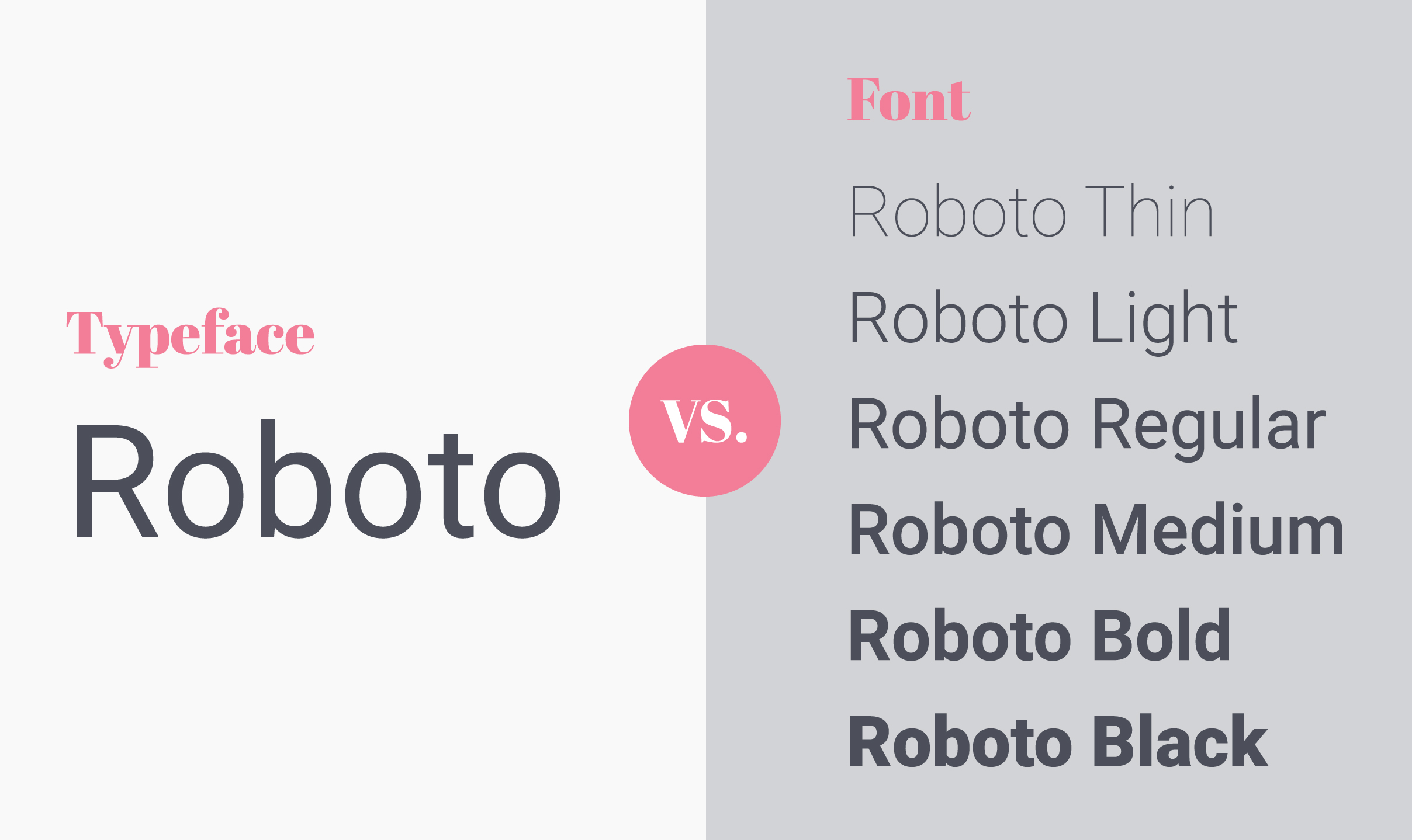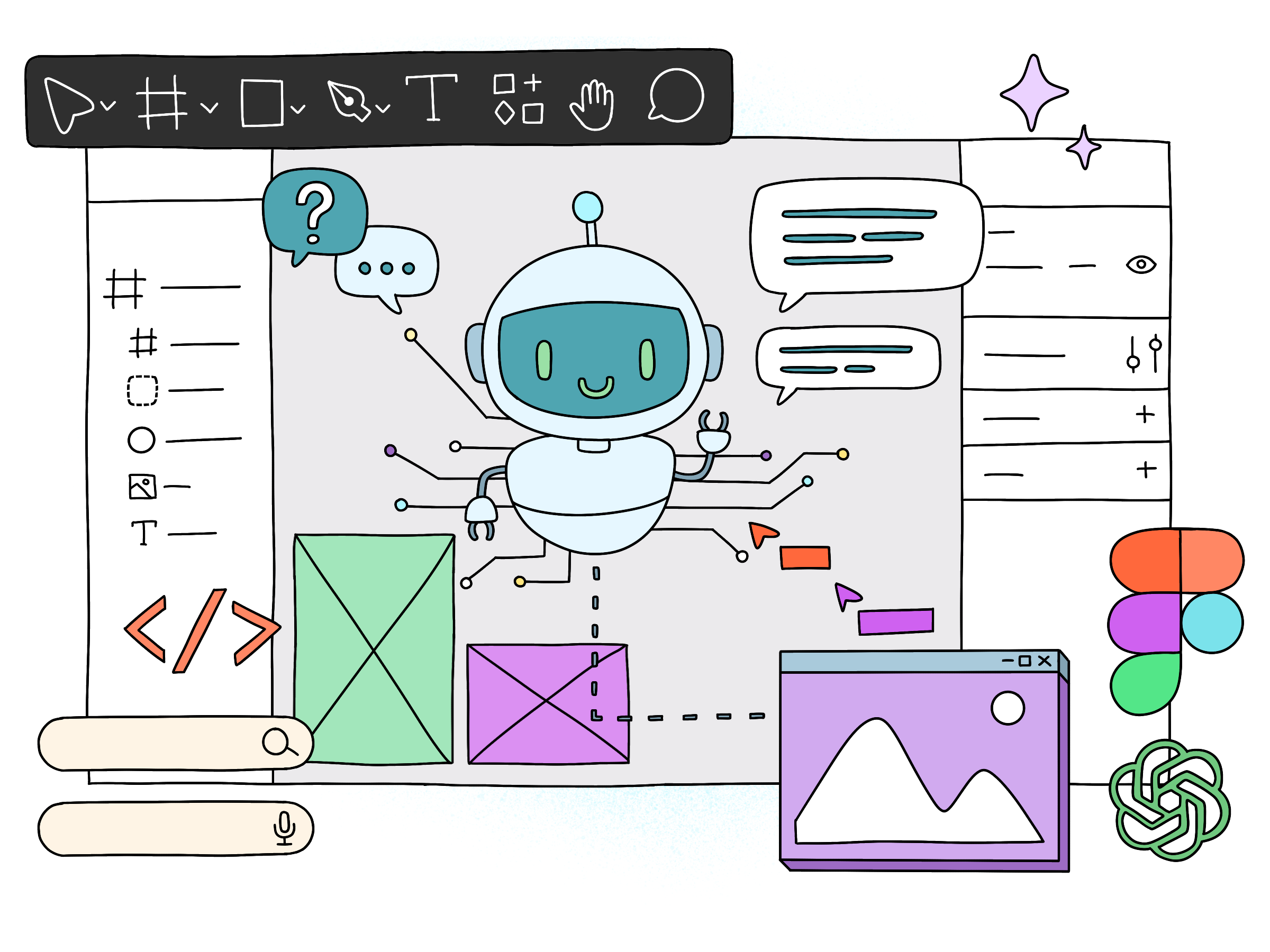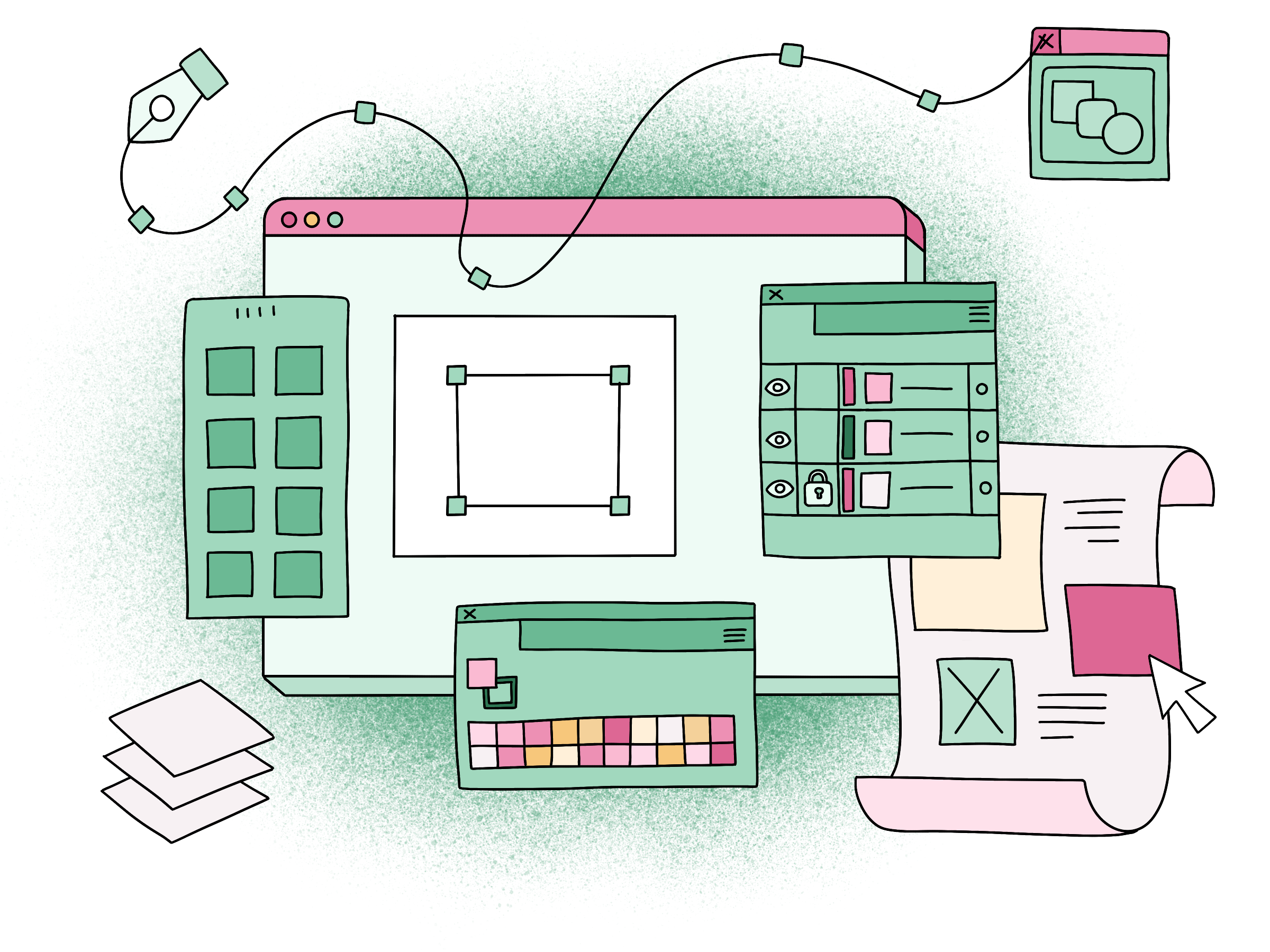
What is the Difference Between a Font and a Typeface?
When talking about typography, the terms Font and Typeface tend to get mixed up and used almost as if they are synonymous. This confusion shows how quick industry terminology changes with the introduction of new processes and technologies. Most of the time, the two words are used interchangeable, and it doesn’t present as a problem. However, when analyzing the two on a technical level, you’ll find that these terms have, in fact, distinct definitions. But, at the end of the day, one has to wonder if the distinction really matters today.
Font vs Typeface
The main difference between these two terms is that a typeface (or type family) is the name of a specific collection of related fonts. In comparison, font refers to a particular weight, width, and style within that typeface. To put it in simple terms, each variation of a typeface is a font. For example, Helvetica would be the typeface chosen for a project, but the actual font in use might be Helvetica Regular 9 points.

Print Typography vs. Web Typography
During the Printing Press era, the terms ‘font’ and ‘typeface’ actually had very distinctive meanings. To set your type, you had to use a collection of metal pieces called fonts. In this collection, you could find pieces for every size, weight and style or typeface. So, in this case, it seemed crucial to use the correct terminology to avoid expensive printing production errors.
The confusion of the two terms actually came with the rise of digital publishing and the naming convention in operating systems. With any software, and you are asked to choose a font and not a typeface, which would make more sense. A font is merely a document you install that allows you to use a particular typeface. The word font now refers to the syle and the look. Even in CSS, you use the font-family property to set a typeface for the text. Any changes you want to do in a font - whether is size, weight or even color - you do everything digitally, with relative ease and speed, and without any high costs. In this context, knowing the difference between ‘font’ and ‘typeface’ simply doesn’t carry the same weight as it did in traditional printing.
So, in the end, does it matter?
With everything mentioned previously, it’s easy to say that the word ‘font’ is becoming more common over the years. Today most people find themselves using the terms ‘font’ and ‘type’ almost interchangeably, and they would be correct either way. The reality is that, currently, the distinction between these two terms is confusing, unnecessary, and even a little bit old-fashioned. So one could argue that knowing the difference doesn’t matter in most cases.
However, it’s important to mention that, in specific contexts, it can be critical. Knowing the difference can play a significant role not just in the area of Type Design, but also in Product Design, Product Engineering and even Web Design. It can help you to get specific when talking about a change in a particular font, without affecting the whole environment and display. It’s all about optimizing the process and applying fonts and typefaces correctly.




